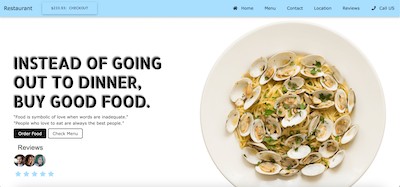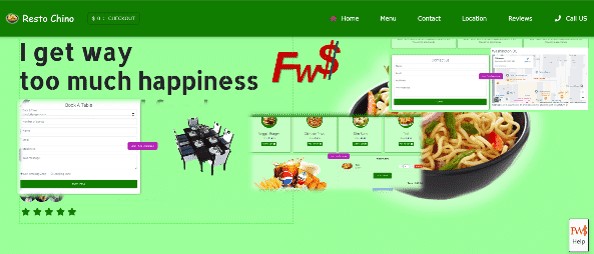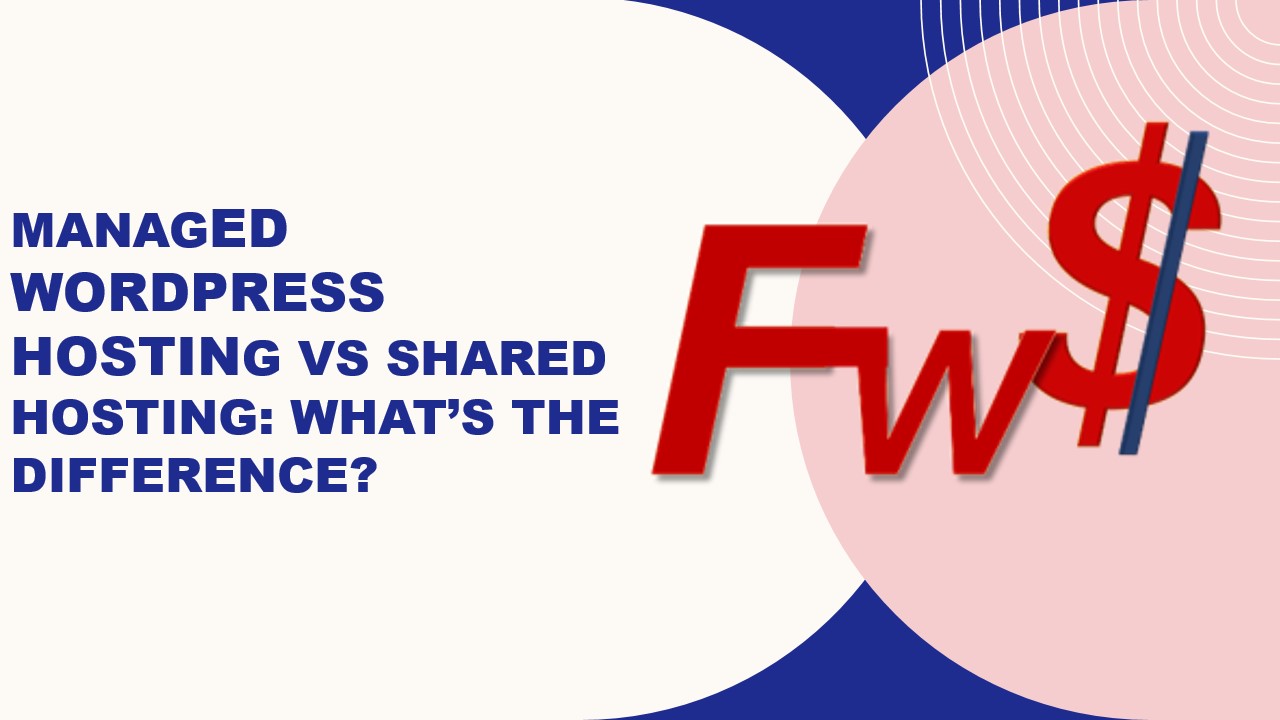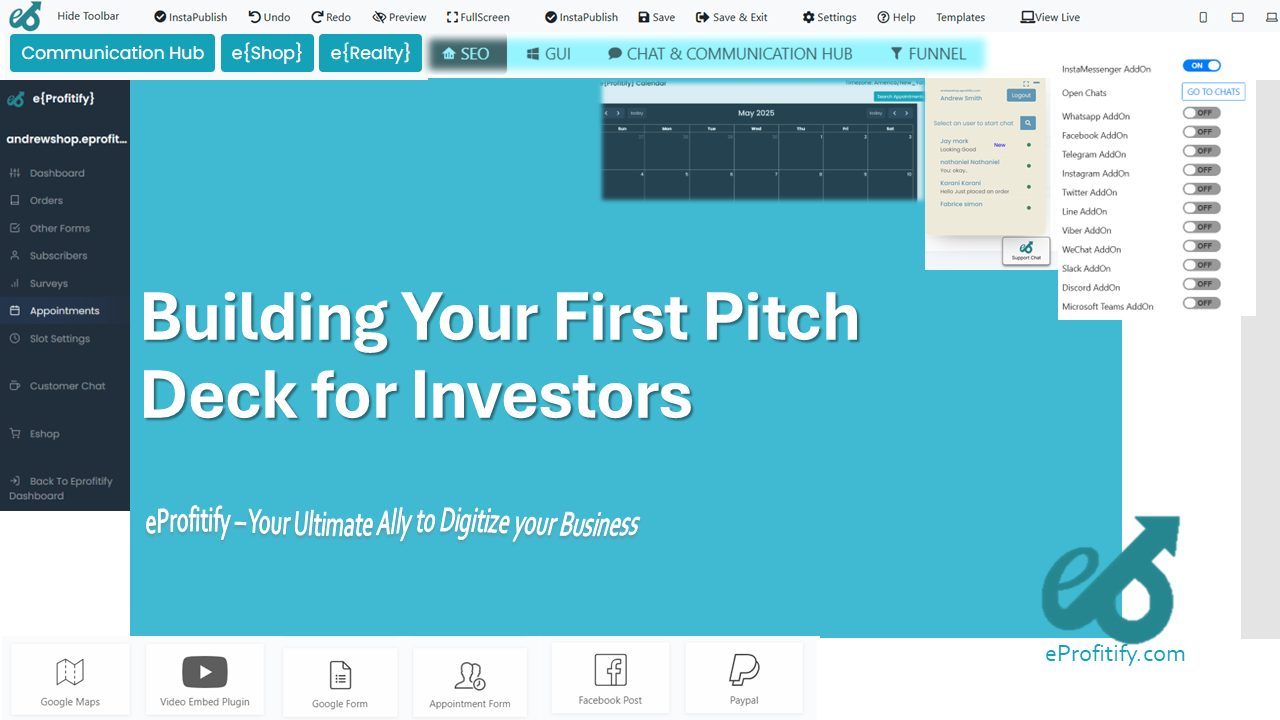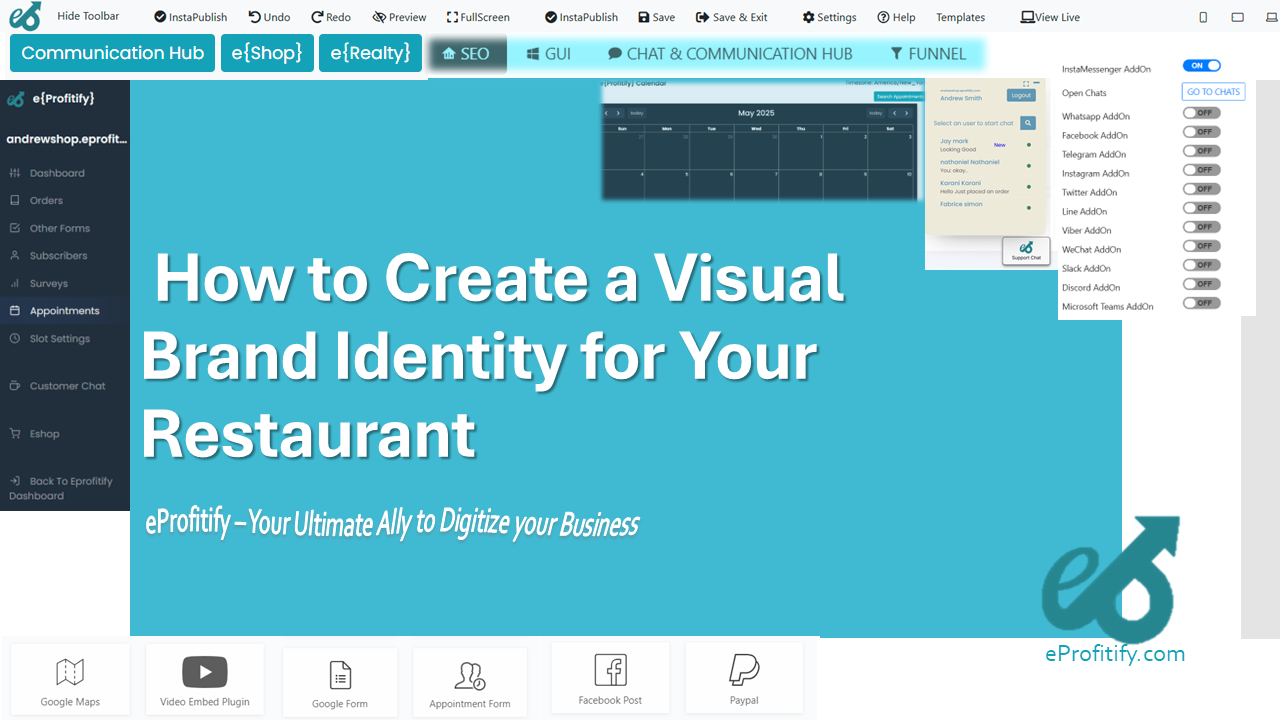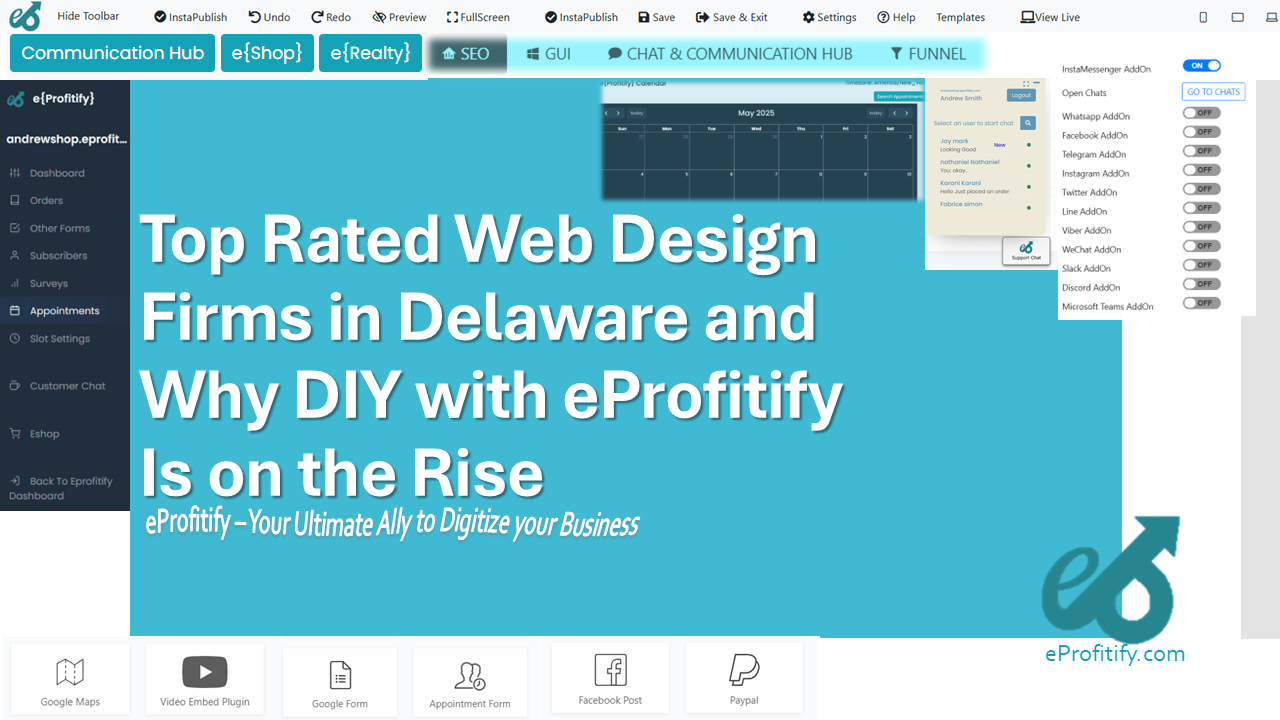How to Choose the Right Location for Your Food Truck
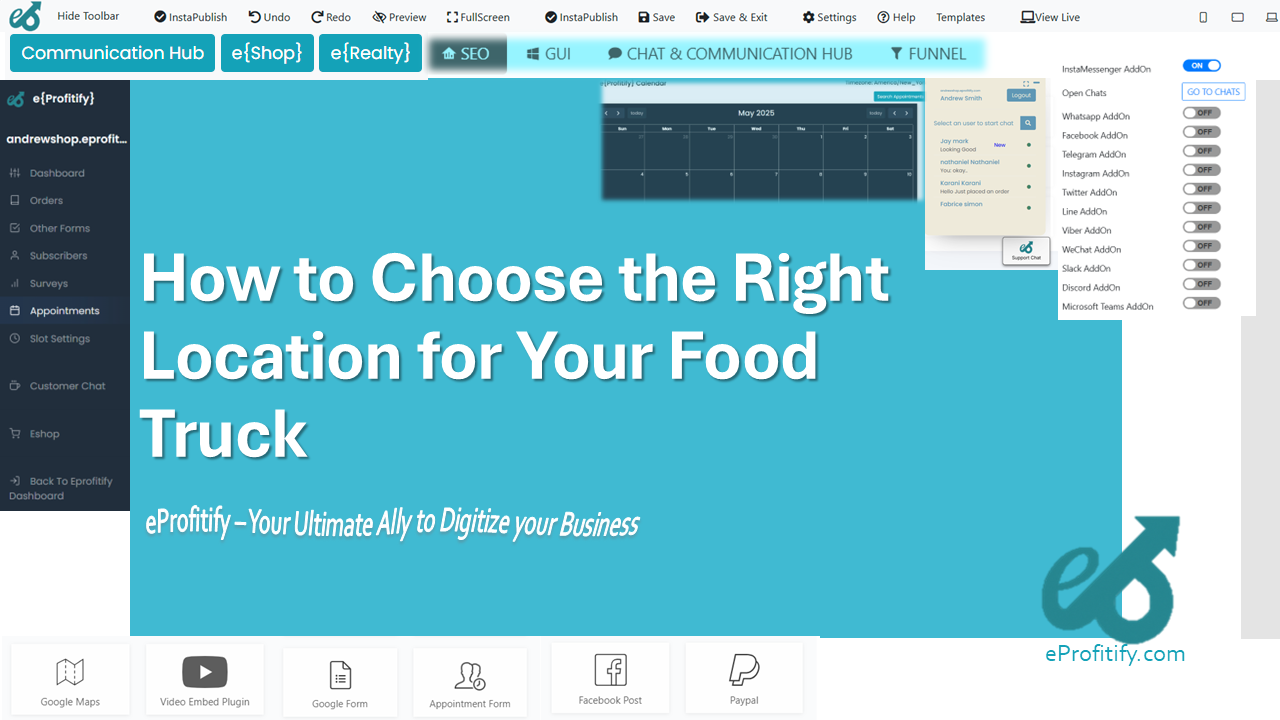
Schedule a LIVE Zoom call with an eProfitify Expert.
How to Choose the Right Location for Your Food Truck
The food truck industry has exploded in popularity over the last decade, evolving from a niche market into a $2.7 billion industry in the U.S. alone as of 2023 (IBISWorld). With low startup costs compared to traditional restaurants and a mobile business model, food trucks offer entrepreneurs flexibility and scalability. However, their success hinges on one critical factor: location. Choosing the right spot can mean the difference between thriving and shutting down. In this guide, we’ll explore strategies for selecting the ideal location for your food truck and how tools like Eprofitify—a leading website and management platform—can amplify your success.
The Importance of Location in the Food Truck Business
Location directly impacts foot traffic, visibility, and profitability. According to a 2022 Food Truck Industry Report, 78% of customers visit food trucks based on convenience, highlighting the need for strategic placement. High-traffic areas can boost daily sales by up to 40%, while poor locations may leave trucks struggling to break even. Additionally, the rise of "food truck hubs" in cities like Austin and Portland demonstrates how clustering in designated areas can create a destination for hungry crowds.
Step 1: Understand Your Target Audience
Before parking your truck, identify who your customers are. Are you targeting office workers during lunch breaks, late-night revelers, or families at weekend festivals? Demographic data is key:
- Office districts: Ideal for weekday lunch service. A 2023 survey found that 62% of urban professionals buy meals from food trucks at least twice weekly.
- Residential areas: Perfect for evenings or weekends. Families often seek quick, affordable dinners.
- Event venues: Concerts, sports games, and farmers’ markets draw crowds.
Use social media analytics and local census data to refine your audience profile. For example, if your menu caters to health-conscious millennials, prioritize areas near gyms or co-working spaces.
Step 2: Analyze Foot Traffic Patterns
Foot traffic is the lifeblood of food trucks. Utilize tools like Google Maps’ busyness feature or pedestrian counters to identify peak hours. Key considerations:
- Morning vs. evening: Coffee and breakfast trucks thrive near transit hubs, while dessert trucks succeed in nightlife districts.
- Weekday vs. weekend: Adjust locations based on activity. A 2021 study showed food trucks in downtown areas earn 60% of their weekly revenue during weekday lunches.
- Events and seasons: Capitalize on festivals, holidays, or sports seasons.
Step 3: Evaluate Competition and Complementary Businesses
Balance competition with collaboration. While setting up near other food trucks can create a dining hotspot, oversaturation can split customer bases. Instead, partner with complementary businesses:
- Breweries or cafes: Pairing with a coffee shop that lacks a kitchen can attract mutual customers.
- Retail centers: Malls often lack affordable dining options, creating opportunities.
- Food deserts: Areas underserved by restaurants may offer untapped demand.
Step 4: Navigate Local Regulations and Permits
Permit costs and regulations vary widely. Cities like Los Angeles charge $800+ annually for food truck permits, while others restrict parking zones. Key steps:
- Research municipal codes for parking, noise, and health compliance.
- Attend local council meetings to stay updated on policy changes.
- Budget for permits, which can consume 10–15% of startup costs.
Step 5: Calculate Costs vs. Revenue Potential
Prime locations come at a premium. Weigh fees (rent for private lots, permits, gas) against projected sales. For instance, a downtown spot charging $50/day might yield $1,000 in sales, while a free suburban location might only generate $300. Use break-even analysis to prioritize profitability.
Step 6: Forge Strategic Partnerships
Collaborate with businesses, event planners, or corporate offices to secure recurring gigs. Examples:
- Office parks: Offer weekly lunch service via contracts.
- Wedding planners: Provide catering for events.
- Food truck pods: Join curated clusters promoted by local tourism boards.
Leveraging Technology with Eprofitify
Once you’ve chosen your location, Eprofitify streamlines operations through its all-in-one platform. Here’s how it enhances food truck success:
- Instant Messaging: Communicate with customers in real time. Share location updates, daily specials, or promotions via SMS or social media integration.
- Appointment Management: Schedule catering bookings or private events seamlessly. The system sends reminders, reducing no-shows.
- eCommerce Integration: Enable online pre-orders, reducing wait times and attracting tech-savvy customers. A 2023 report showed food trucks with online ordering saw 35% higher average tickets.
- CRM Tools: Track customer preferences and send personalized offers. Businesses using CRM systems report up to 30% higher retention rates.
- Analytics Dashboard: Monitor sales trends across locations to identify top-performing spots and adjust routes dynamically.
For example, a taco truck in Miami uses Eprofitify’s CRM to segment customers who frequent downtown lunches, sending them targeted discounts during slow afternoons. Another vendor in Chicago uses the platform’s analytics to allocate more time to festival locations yielding 50% higher margins.
Case Study: The Success of “Burger on Wheels”
“Burger on Wheels” leveraged Eprofitify to dominate Austin’s food truck scene. By analyzing foot traffic data, they prioritized office parks on weekdays and breweries on weekends. Their online ordering system handled 40% of orders, cutting peak-hour lines. The CRM tracked repeat customers, driving a 25% increase in loyalty program sign-ups.
Conclusion
Choosing the right location requires research, adaptability, and tech-savviness. By combining strategic positioning with tools like Eprofitify, food truck owners can optimize operations, engage customers, and boost profitability. Remember: a great location attracts customers, but seamless management keeps them coming back.
Statistics sources: IBISWorld, Food Truck Industry Report 2022, internal Eprofitify case studies.
*(

